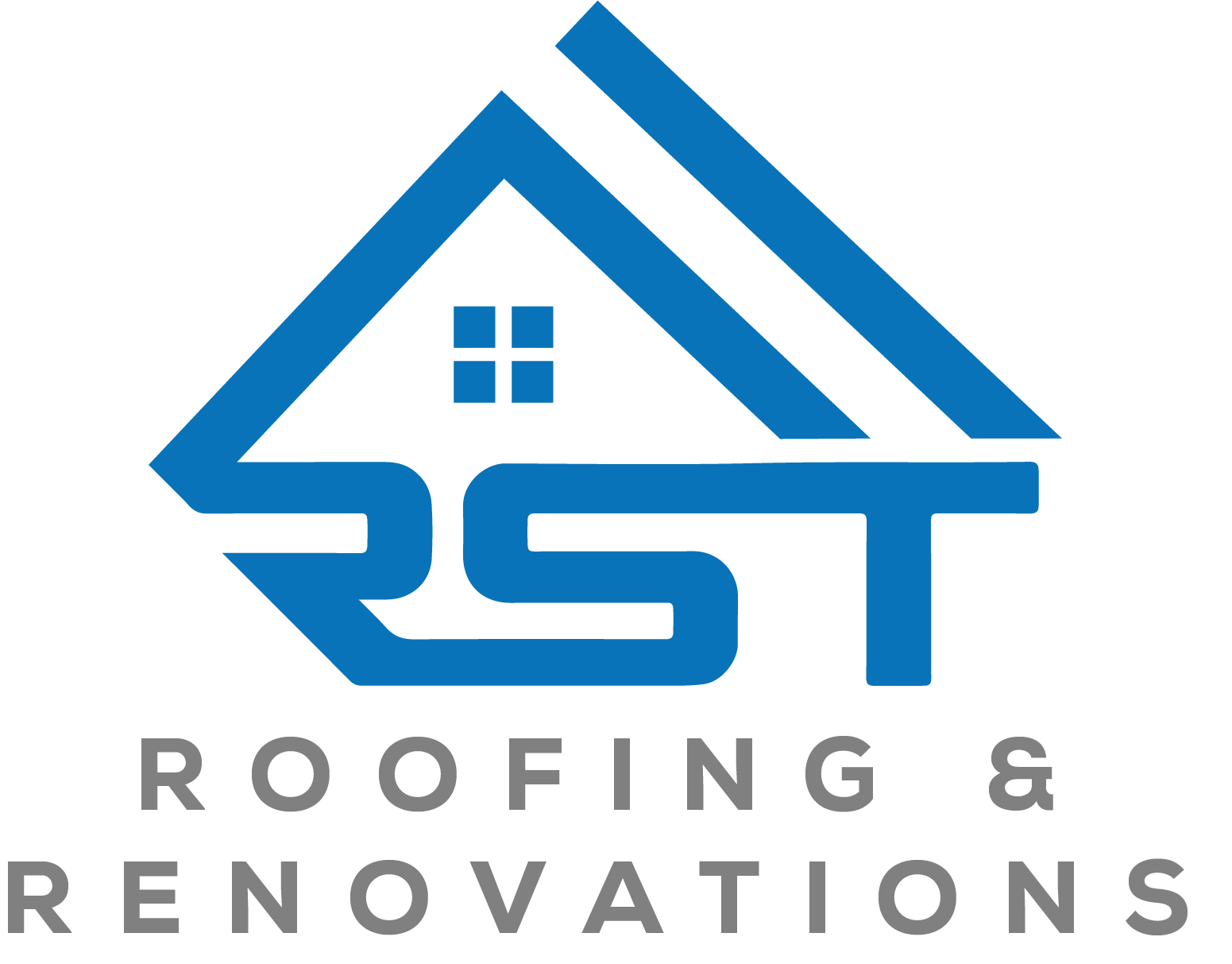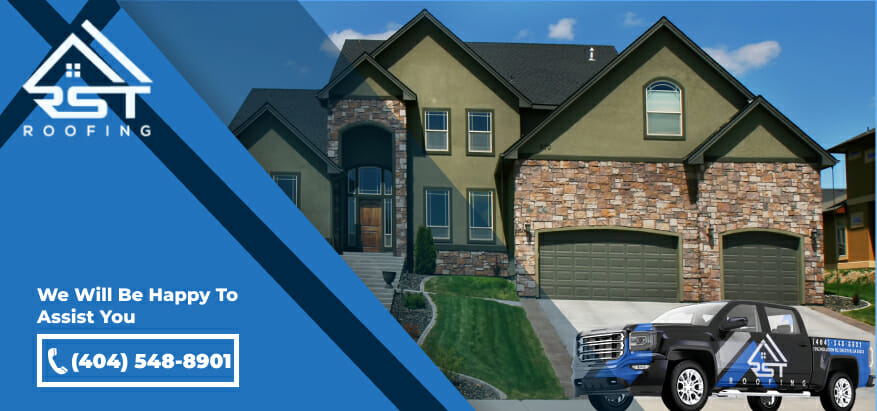Metal roofs provide an exceptional foundation for solar panel installations, offering unique advantages that make them increasingly popular among homeowners considering renewable energy solutions. The durability of metal roofing materials aligns perfectly with solar panel lifespans, creating a sustainable energy system that can serve properties for decades.
Installing solar panels on a metal roof is typically more straightforward than installations on traditional asphalt shingles. Metal roof solar compatibility stems from the structural integrity of metal materials, which easily support the additional weight of solar arrays without compromising roof performance. Standing seam metal roofs particularly excel as solar platforms due to their raised seam design that accommodates specialized mounting hardware.
The installation process involves carefully selected metal roof solar panel mounting systems designed specifically for different roof profiles. Solar panel attachment methods for metal roofing systems vary depending on the roof style, with options ranging from clamp-on systems for standing seam roofs to penetrating mounts for corrugated metal surfaces.
Benefits of solar panels on metal roofs extend beyond structural compatibility. Metal roofs naturally reflect heat, potentially improving solar panel efficiency by maintaining cooler operating temperatures. Additionally, the smooth surface of most metal roofing materials allows for optimal panel positioning and simplified maintenance access throughout the system’s operational life.
Why Metal Roofs Are Perfect for Solar Energy Systems
Metal roofing systems offer distinct structural advantages that make them ideal candidates for solar panel installations. The inherent strength of metal materials provides excellent support for solar panel weight distribution, eliminating concerns about roof sagging or structural compromise that can occur with other roofing types. These systems also easily handle severe weather conditions, including high winds, hail, and intense sun that commonly affect the Atlanta region.
The longevity factor represents perhaps the most compelling reason to choose metal roofs for solar installations. While traditional asphalt shingles may require replacement every 20 years, quality metal roofs can last 50 years or more, closely matching the operational lifespan of modern solar panels. This alignment creates exceptional value by avoiding the process of removing and reinstalling solar arrays during roof replacement projects.
Solar installation on standing seam metal roofs is especially advantageous due to specialized mounting systems that attach directly to the raised seams without cutting through the roof. These solar panel attachment methods preserve the roof’s weather integrity while providing secure panel mounting. The benefits of solar panels on metal roofs include simplified installation, lower labor costs, and improved system reliability that property owners can depend on for decades of renewable energy production.
Understanding Different Metal Roof Profiles and Solar Compatibility
Different metal roofing styles have varying levels of compatibility with solar panel installations, with each profile requiring specific mounting approaches and considerations. Standing seam metal roofs represent the gold standard for solar installations due to their raised vertical seams that accommodate clamp-style mounting hardware. This metal roof style allows installers to secure panels directly to the seams using specialized clamps that maintain the roof’s watertight integrity.
Corrugated metal roofs present different challenges for solar installation. The wavy pattern of corrugated surfaces requires careful consideration of panel placement to ensure proper drainage and avoid potential water pooling issues. Mounting systems for corrugated roofs typically involve penetrating attachments that must be completely sealed to prevent water infiltration.
Ribbed panel systems fall between these two regarding solar panel attachment methods. These systems may require additional structural reinforcement or specialized mounting hardware to achieve secure panel installation. The spacing and orientation of existing roof features directly influence mounting system selection and installation complexity.
Roofing material thickness and gauge significantly affect mounting system compatibility and structural requirements. Benefits of solar panels on metal roofs remain consistent across different styles, but installation approaches must be tailored to each specific roofing profile for optimal performance.
Mounting Systems for Metal Roof Solar Installations
Selecting appropriate mounting hardware is a critical decision that directly impacts both solar system performance and roof integrity. Metal roof solar panel mounting systems fall into several distinct categories, each engineered to work with specific roofing profiles and installation requirements.
Clamp-on systems dominate solar installation on standing seam metal roofs due to their non-penetrating design that preserves the roof’s original weather barrier while providing secure panel attachment. These solar panel attachment methods utilize specialized clamps that slide along the seam and lock into position, accommodating thermal expansion and contraction that naturally occur with metal materials. The clamping mechanism maintains consistent pressure without over-tightening, which could damage the roofing seam.
Penetrating mounts are necessary for corrugated, ribbed, or exposed fastener metal roofing systems where raised seams are not available. These installations require precise drilling and sealing techniques to maintain the roof’s waterproof barrier. Quality penetrating mounts include integrated flashing systems and sealant applications that prevent water infiltration around mounting points.
Choosing the right mounting system prevents roof damage while ensuring panels remain securely attached during severe weather. The appropriate mounting hardware creates reliable connections that protect both the solar investment and the underlying roof structure throughout the system’s operational lifetime.
Metal Roof Solar Installation Process
The installation process for solar panels on metal roofs prioritizes both structural integrity and electrical safety. Pre-installation planning begins with a comprehensive structural assessment to verify the roof’s capacity to support the weight of the solar panels. Professional installers evaluate the existing metal roof, checking for corrosion, loose fasteners, or damaged sections that could compromise mounting effectiveness or weather protection.
Permit requirements vary by jurisdiction, but most installations require electrical permits and structural engineering approval before work begins. System design considerations include optimal panel placement to maximize solar exposure while maintaining proper drainage patterns and avoiding mechanical equipment or roof penetrations. A professional assessment determines which mounting systems will work best with the existing roofing profile and structural framework.
Professional installation techniques protect roof integrity through careful mounting point selection and sealant application. Solar installation on standing seam metal roofs typically proceeds faster than other roofing types due to the non-penetrating clamp systems that eliminate drilling requirements. Installers position mounting systems according to engineered layouts that distribute loads evenly across roof structures.
Electrical connections follow strict safety protocols with grounding techniques specific to metal roofing systems. Solar panel attachment methods for metal roofs must account for the thermal expansion and contraction that occurs with temperature changes. This streamlined installation processes minimize weather exposure and reduces overall project duration while creating reliable attachments.
Key Benefits of Installing Solar Panels on Metal Roofs
Installing solar panels on metal roofing systems delivers exceptional advantages that extend well beyond basic renewable energy production. The natural reflective properties of metal surfaces create cooling effects that actually improve solar panel efficiency by maintaining lower operating temperatures. This advantage becomes more noticeable during peak summer months when panel performance typically decreases on darker roofing materials. Metal roofs enhance these cooling benefits through improved air circulation beneath panels, allowing heat to dissipate more effectively than installations on asphalt shingles.
The structural stability of metal roofs means panels can be positioned in a way that maximizes energy capture throughout different seasons. Metal roof solar panel mounting systems allow for precise angle adjustments and secure positioning that maintains alignment over decades of service. Solar installation on standing seam metal roofs provides stable platforms that resist shifting or settling, which can affect panel performance on other roofing types.
The financial benefits compound over time as property owners realize substantial returns from combining two premium building technologies. Metal roofs and solar panels usually both carry extended warranties that often exceed 25 years, significantly increasing property values. Solar panel attachment methods for metal roofing systems eliminate the concern of roof replacement during the solar system’s operational life, avoiding expensive removal and reinstallation procedures. The benefits of solar panels on metal roofs include enhanced durability, improved energy efficiency, and substantial financial returns that make this combination a smart investment for sustainable property improvement.
Important Considerations Before Starting Your Metal Roof Solar Project
Several critical factors determine the success of solar panel installations on metal roofing systems that require careful evaluation before the project begins. Roof age plays a significant role in installation planning, as newer metal roofs typically provide optimal mounting surfaces while older systems may need repairs or upgrades to support solar arrays effectively. A structural condition assessment becomes essential for determining load-bearing capacity and identifying any weaknesses that could compromise the new solar system.
Local building codes and permit requirements vary significantly between jurisdictions, making compliance verification necessary for legal approval. Many areas require structural engineering evaluations for solar panel mounting systems, particularly when dealing with older buildings or unique architectural features. Solar installation on standing seam metal roofs may face fewer regulatory hurdles due to non-penetrating mounting options, but electrical permits remain necessary regardless of attachment method.
Deciding between professional installation vs. DIY involves multiple factors beyond basic technical skills. Licensed solar installers carry insurance coverage and warranty protections that DIY installations cannot provide. Complex electrical connections, grounding techniques, and safety protocols require specialized training that most homeowners lack. Assessing metal roof solar compatibility involves structural calculations and engineering knowledge that professionals bring to every project.
Selecting qualified solar installers requires verification of their licensing, insurance coverage, and specific experience with metal roofing systems. The benefits of solar panels on metal roofs are maximized through proper installation techniques that preserve roof integrity while ensuring optimal system performance throughout the operational lifetime.
Expert Solar Panel Installation on Metal Roofs by RST Roofing and Renovations, LLC
If you’re considering upgrading your metal roof with solar panels, RST Roofing and Renovations, LLC offers professional installation services that ensure durability and efficiency. Metal roofs are an excellent base for solar panels, providing the perfect balance of structural integrity and optimal positioning for solar exposure. Our team specializes in various solar panel mounting systems, tailored to preserve the integrity of your roof while maximizing your energy savings.
Don’t miss out on the opportunity to enhance your property’s value and reduce your energy bills. Call us today at (404) 548-8901 to schedule a consultation and learn more about our solar solutions specifically for metal roofs. Trust RST Roofing and Renovations, LLC to provide a seamless, secure installation, setting you up for decades of sustainable energy production.





